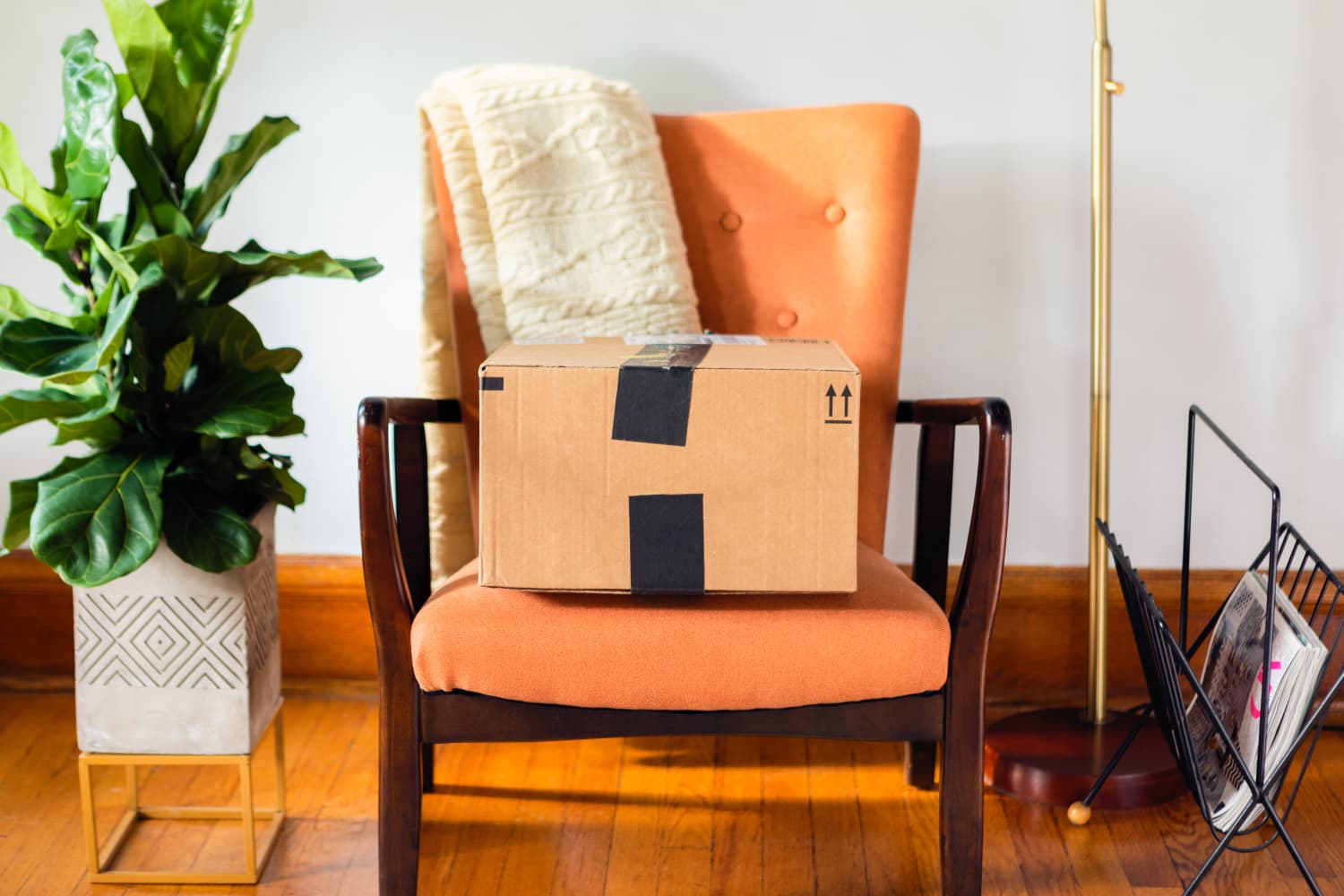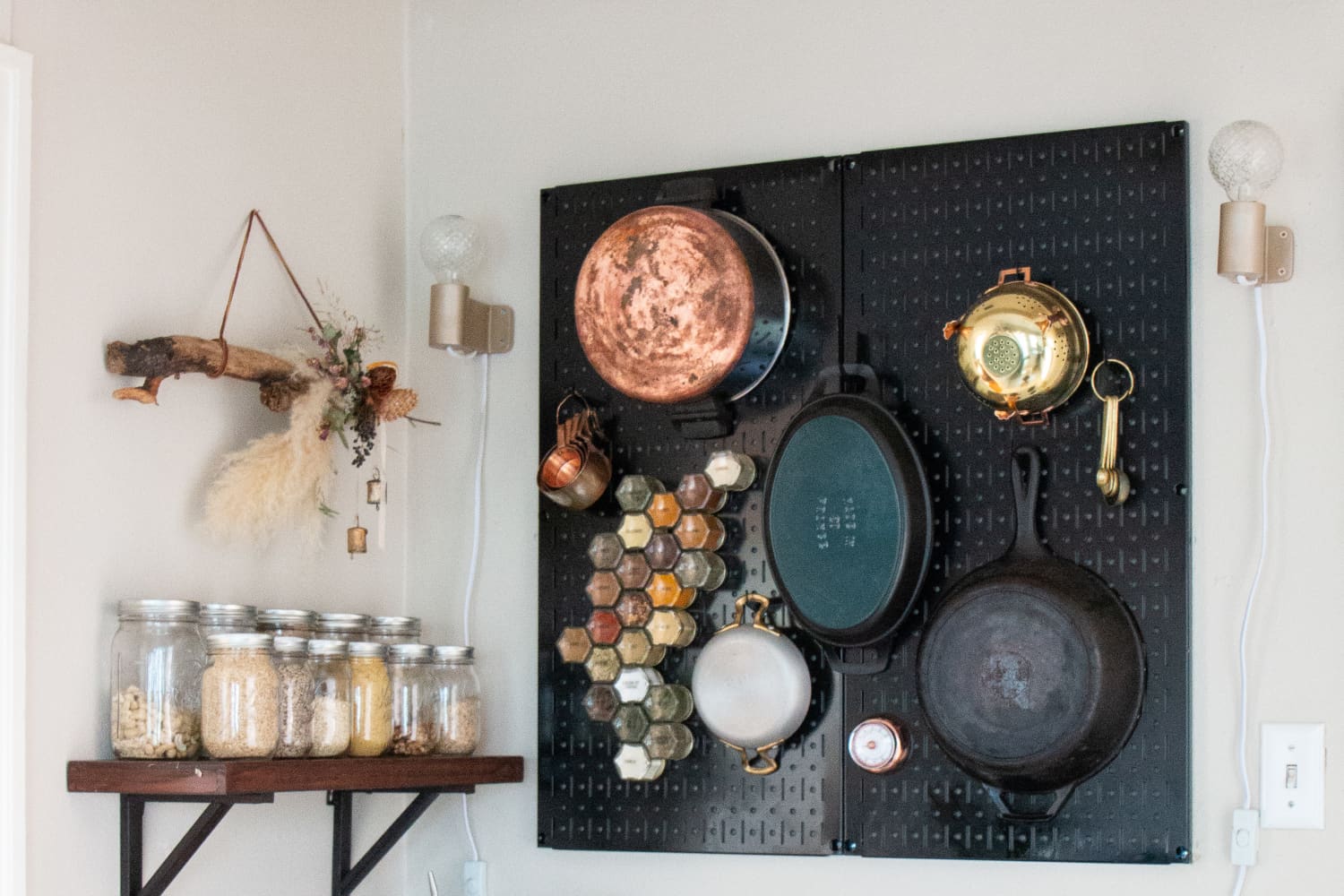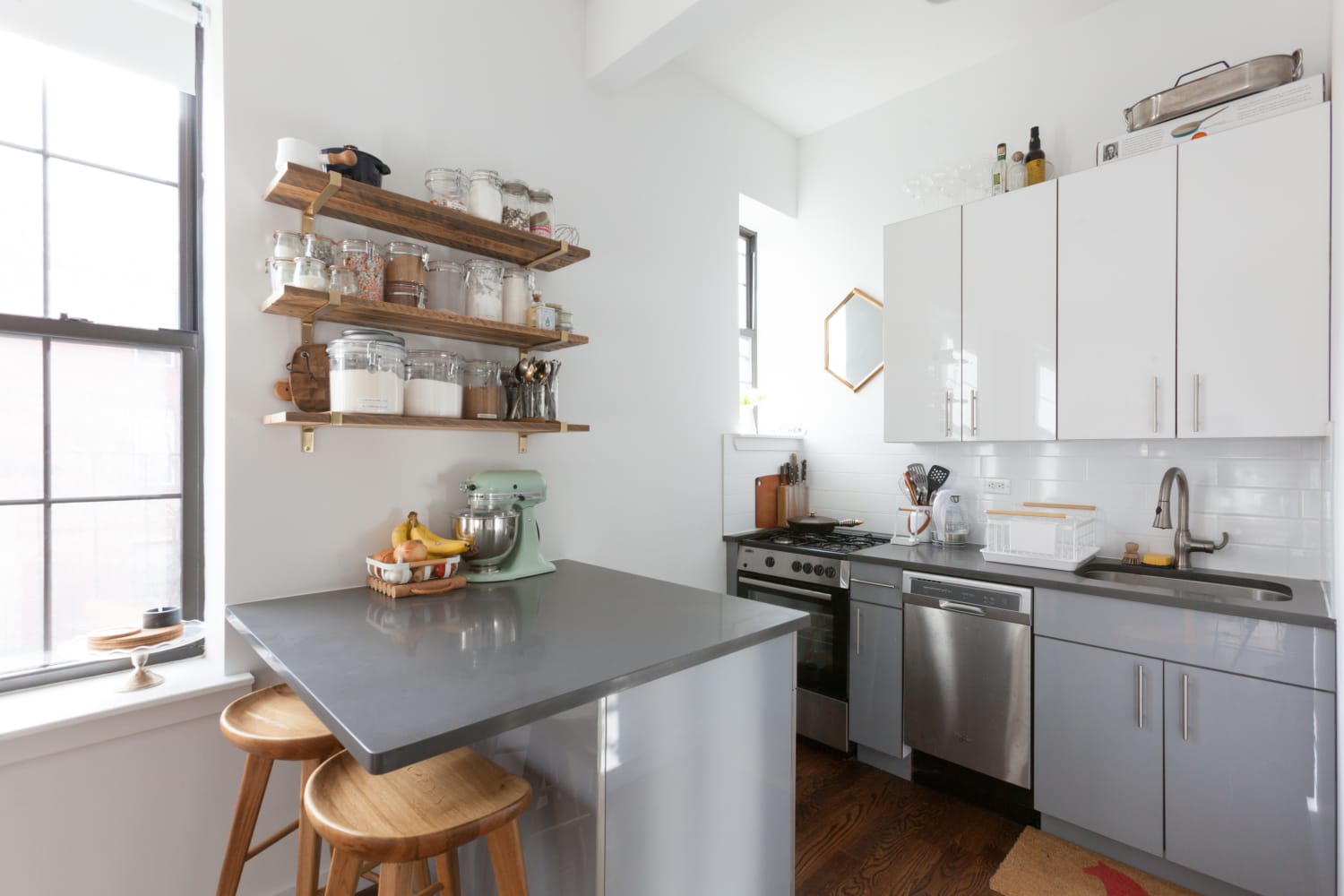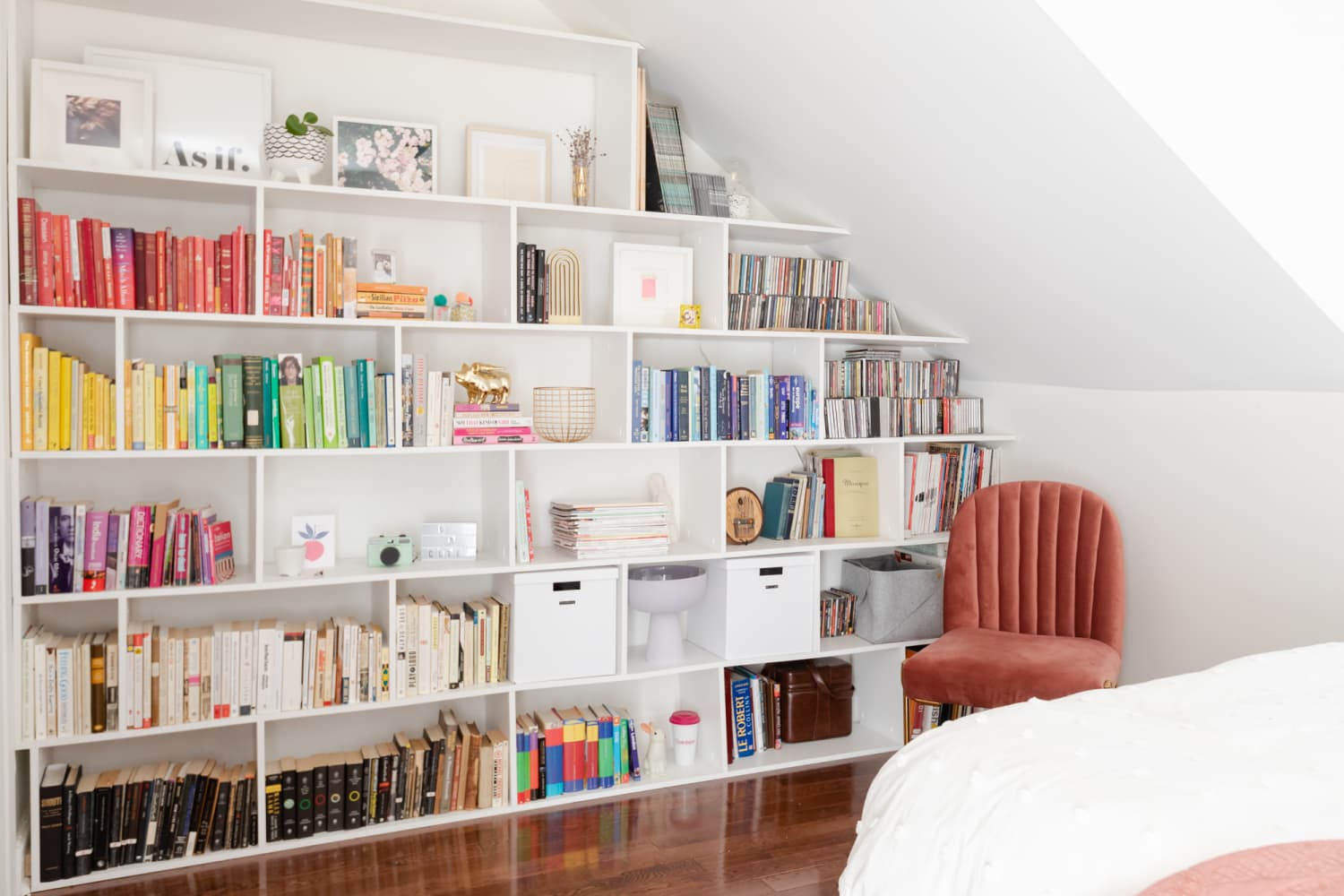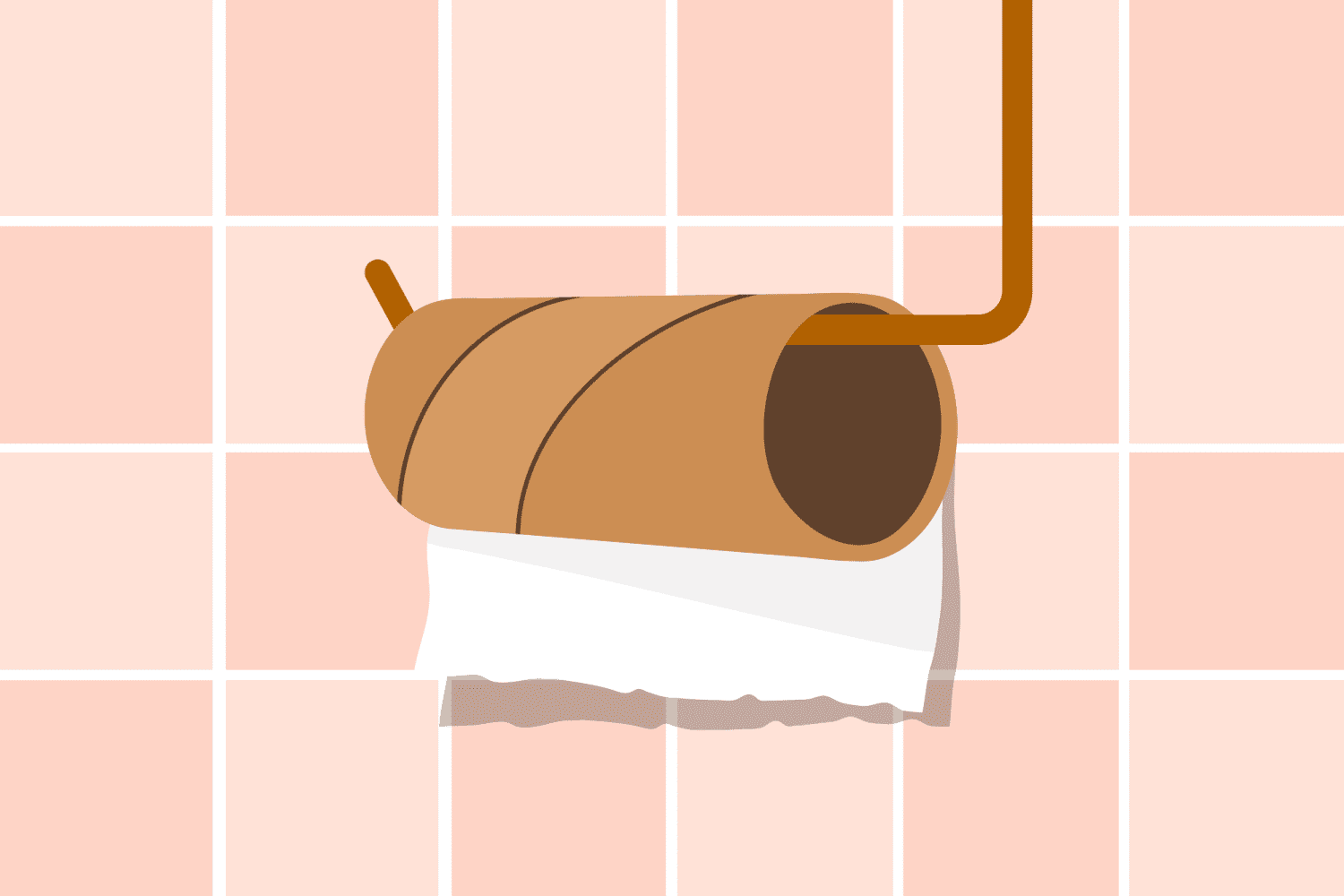7 Common Black Friday Mistakes You’re Probably Making (and How to Fix Them)
As the nights draw in and the knitwear comes out, many people will be spending the next few weeks settling into cozy winter months. If that’s you, you’re not alone in your prep! Retailers are gearing up too, for the sales and deals that have come to unofficially mark the start of the holiday season. … Read more
